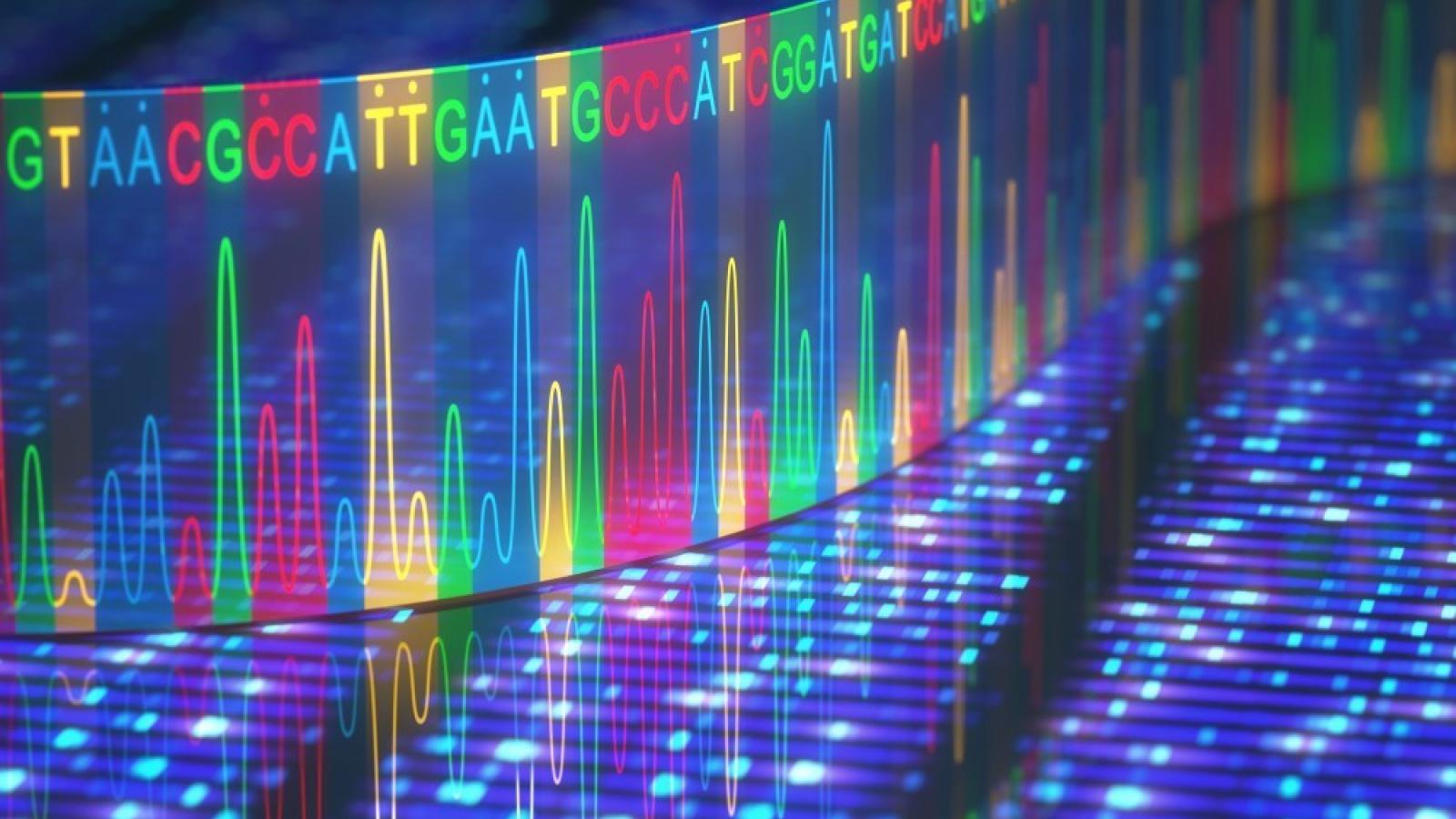The newest Group Leader at the UK DRI at Cambridge, Dr Emil Gustavsson, joins the institute from UCL to better understand how our genetics influence neurodegenerative conditions.
Dr Gustavsson begun his scientific career in Uppsala, Sweden, where he completed a master’s in molecular biology, before completing his PhD in Vancouver, Canada, with Prof Matt Farrer, studying the genetic cause of Parkinson’s. As a senior research fellow at UCL, working with the UK DRI’s Prof Mina Ryten and Prof Sir John Hardy, Emil used a technology known as long-read RNA sequencing to gain a deeper understanding of the genes implicated in Parkinson’s, their function, and how to target them. We spoke to Dr Gustavsson to hear more about his research, what brought him to the UK DRI, and his hopes for the future.
What will your research programme focus on?
Our genes play a crucial role in determining our risk of developing neurodegenerative conditions. In recent years, large-scale genetic studies have uncovered numerous risk genes associated with various forms of dementia, including Alzheimer's disease, frontotemporal dementia, and Parkinson's disease. Despite this, many genes linked to disease are still not fully understood, especially in the brain, where genes are expressed in very complex ways. This makes it hard to understand the effects of mutations in DNA or how to target them with treatments. My research will map genetic changes to the exact versions of genes they affect, identify which genes matter most in different brain cell types and conditions, and reveal new ways to treat or even prevent neurodegenerative diseases.
What is the ultimate aim of your work?
To find a disease modifying therapy. Most of my career has focused on Parkinson’s, and there is currently no drug available that slows its progression. If we can slow the onset of the condition by, say, a decade, that will make a huge difference to people who are affected by Parkinson’s.
What attracted you to the UK DRI?
Throughout my career, I’ve always worked in a very collaborative way, with people from different disciplines – cell biologists, geneticists, clinicians. You need to build this synergy across differing expertise, and I think that’s what the UK DRI does well. It’s important to have people from different backgrounds, different disease areas, different approaches, addressing the same question, so the institute is a perfect fit for my work.
What are you particularly excited about in your research field at the moment?
I’m excited about where the field is going: we have developments like antisense oligonucleotides, which can target and modify individual RNA transcripts, in order to change gene expression. And not only that, but we also have technologies such as long-read sequencing to help us really understand this. It feels as though many of these elements are now coming together at the same time.
Historically, neurodegeneration has been an exceptionally challenging area for drug development, and repeated lack of success made it difficult for pharmaceutical companies to sustain long-term investment. But I think now with advances like the antibody therapies in Alzheimer’s, and this new Huntington’s trial (hyperlink), we’re starting to see promise. I hope its going to translate into more investment in this type of approach, and that to me is very exciting.
What’s the most important thing you’ve learned from your academic career so far?
As I’ve been going through my own transition into independence, my main takeaway has been that academic careers are never linear. I think you have to be open to things working out differently than how you expect, and just take those opportunities as they come.

